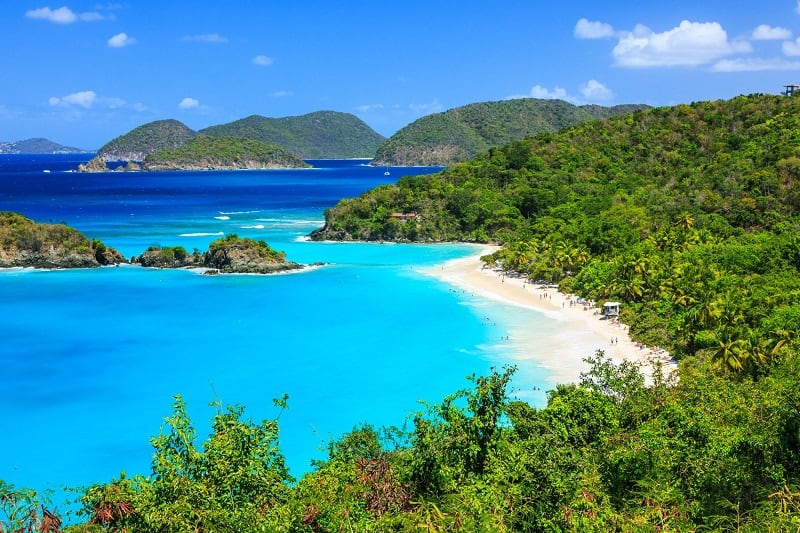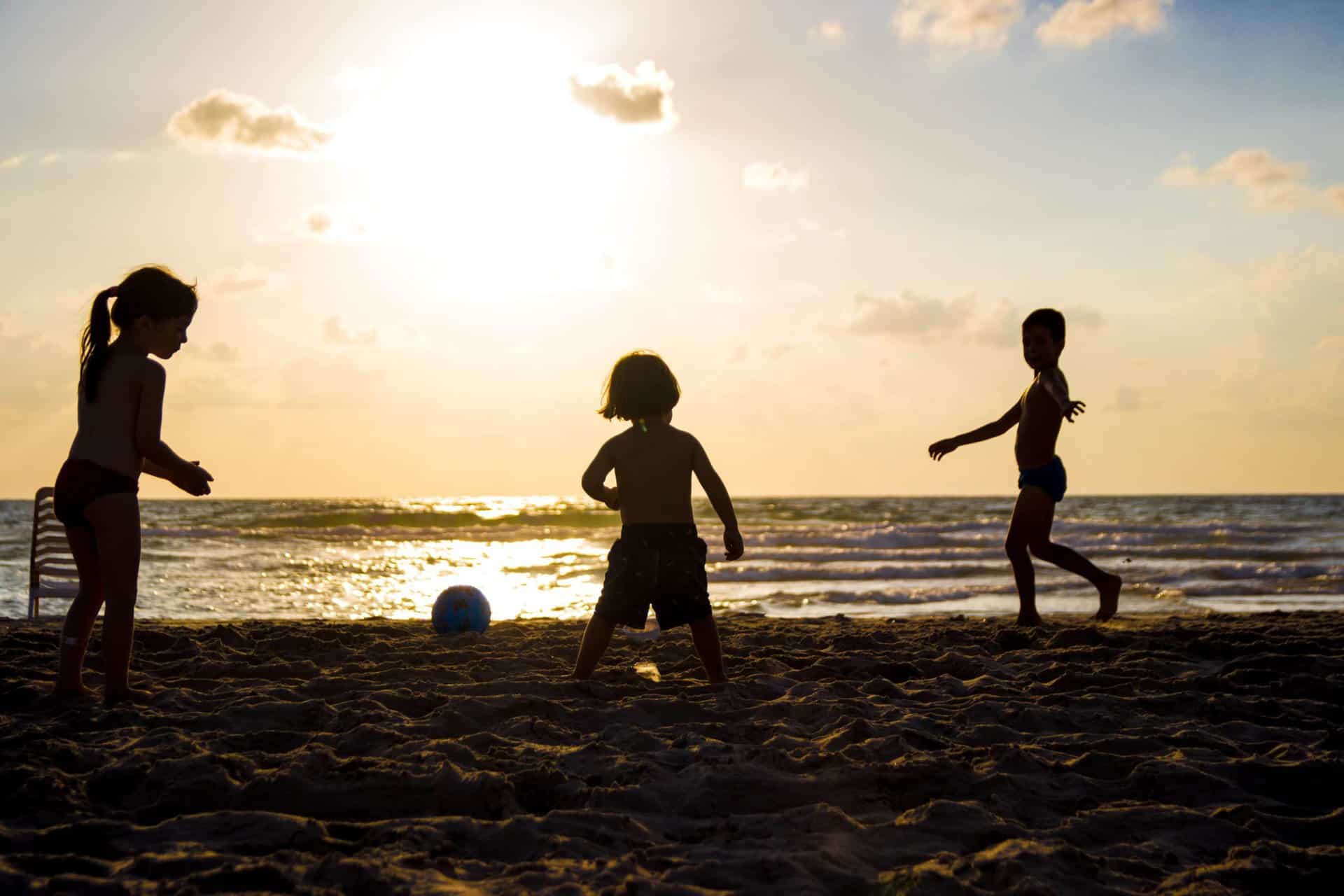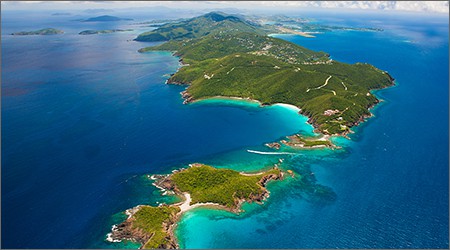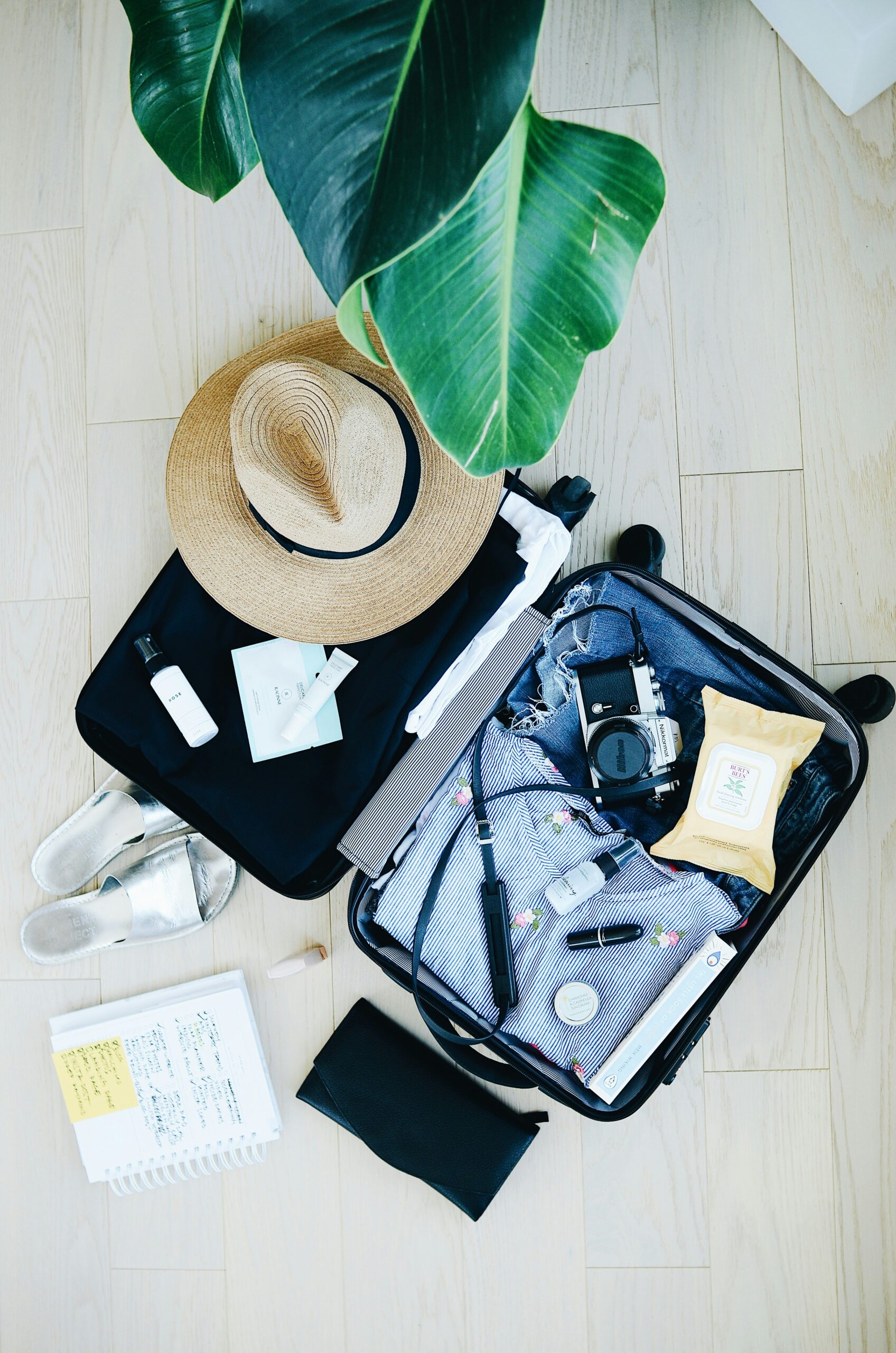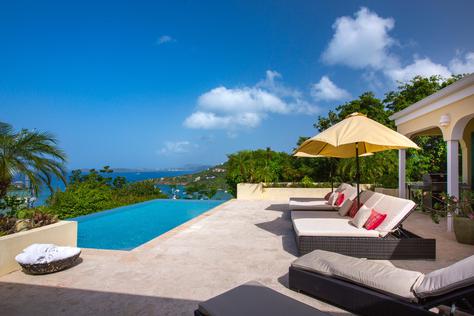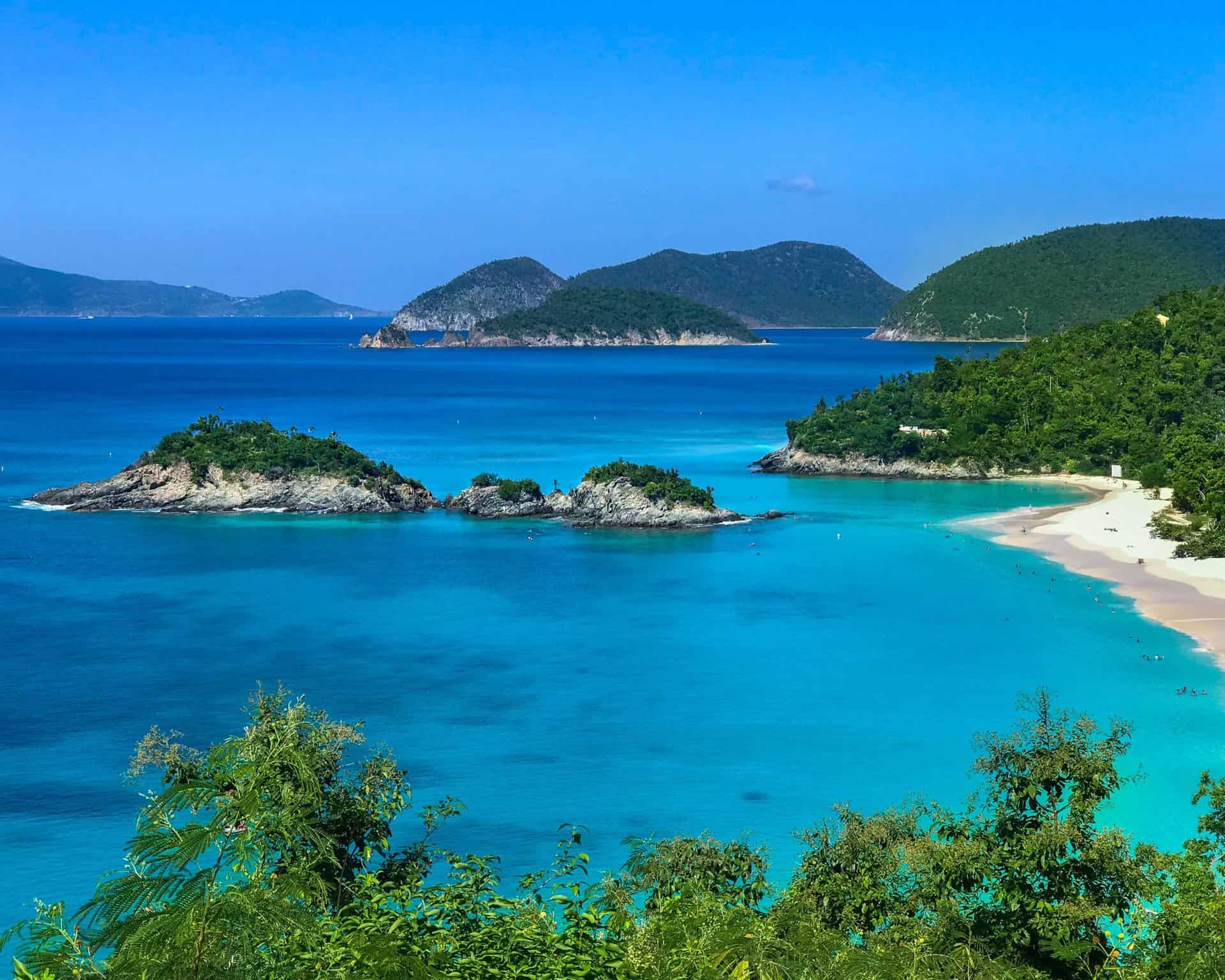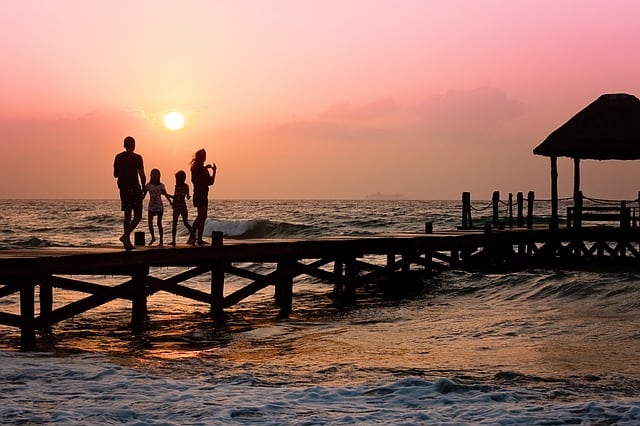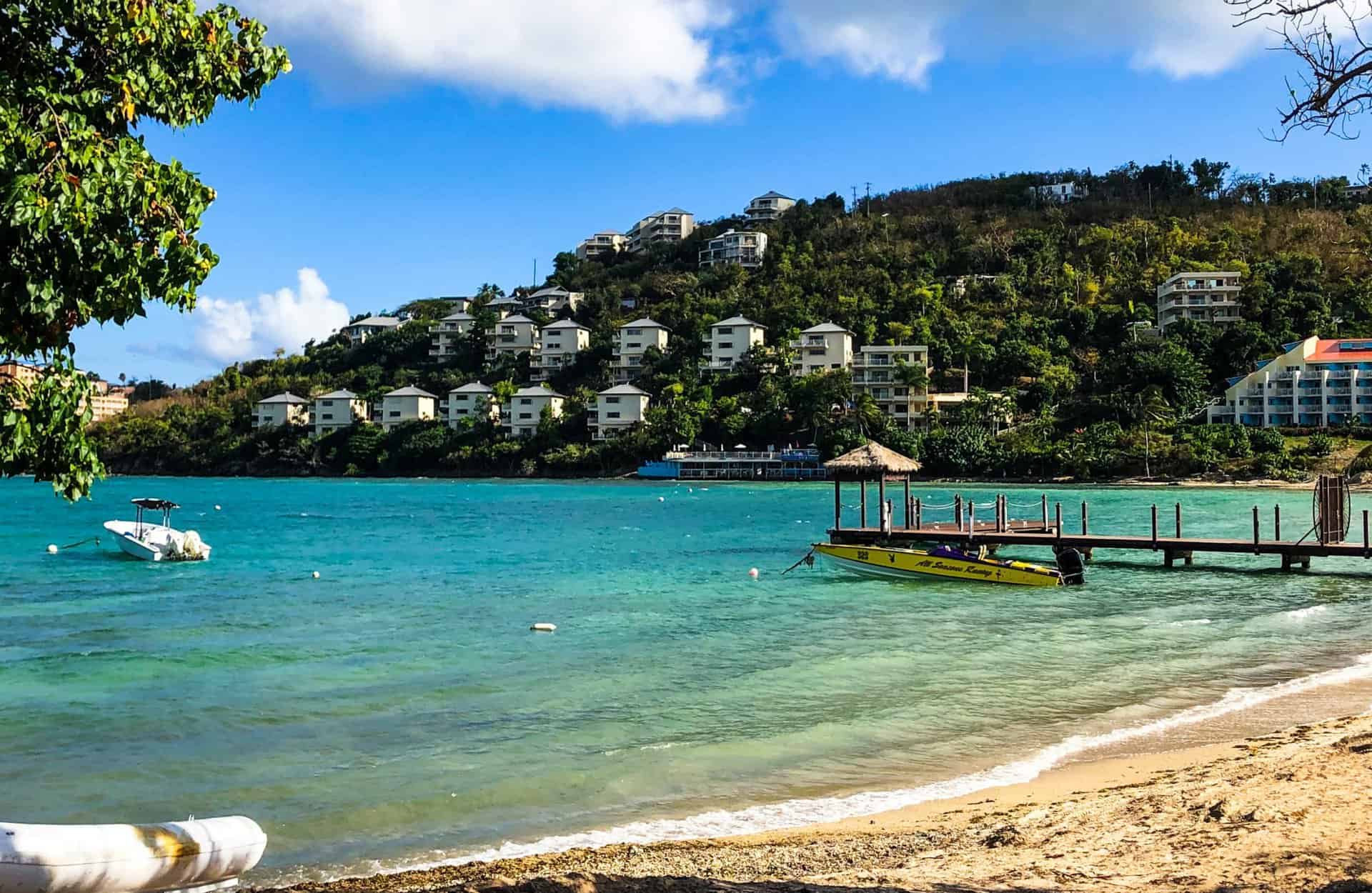When planning a Caribbean vacation, almost nothing compares to the joy of losing yourself in beautiful and calming natural surroundings. Adding in a touch of local history, delicious cuisine, and exciting activities only makes the experience better! These elements abound in the tropical paradise of the U.S. Virgin Islands. Each of these islands offers something unique for everyone, especially when it comes to their magnificent national parks. Read on to find out more about the wonderful things to do in the Virgin Islands national parks covered in this guide.
The Six National Parks of the U.S. Virgin Islands
The U.S. Virgin Islands (USVI) boasts six spectacular national parks, each located on its three islands: St. Thomas, St. John, and St. Croix. These parks offer diverse landscapes and rich histories, making them must-visit destinations for nature enthusiasts and history buffs alike. Whether you’re exploring lush rainforests or pristine coral reefs, the U.S. Virgin Islands national parks promise unforgettable experiences in a tropical climate.
1. Virgin Islands National Park: A Tropical Paradise
Virgin Islands National Park is a sanctuary for a wide range of wildlife.
There are wild donkeys that roam St. John, along with domesticated animals like goats, sheep and chicken. If you want to get close to the donkeys, don’t feed them. You are allowed to give these thirsty creatures a drink of water from a bowl or water bottle, though. Another mammal you might catch a glimpse of while visiting the park are mongooses. There are also a variety of reptiles, birds, and marine creatures such as turtles, crustaceans, and tropical fish that make the national park their home.
Trunk Bay Beach, and Cinnamon Bay Trail are among the favorite beaches to catch some rays in the US Virgin Islands National Park. Swimmers will enjoy frolicking in the calm and shallow waters of Trunk Bay. Salt Pond Bay isn’t deep, either, and the waters there are also good for taking a refreshing dip.
On the other hand, if you prefer to steer clear of tons of people, you might prefer to visit the soft sand and turquoise waters of Salomon Beach, Denis Bay, or Jumbie Beach.
Additionally, Virgin Islands National Park has several miles of hiking trails. For instance, Lind Point Trail leads to Honeymoon Beach. If you’re looking for a challenge, try the arduous Reef Bay Trail and be sure to check out the adjoining petroglyph rock carvings. On a clear day, hiking up the Ram Head Trail allows you to see a wondrous, 360-degree view of your surroundings. Other trails of interest include the Lameshur Bay Trail, Caneel Hill Trail (part of Caneel Bay), and those contained in the book St. John Off the Beaten Track.
Virgin Islands National Park also contains some of the most diverse marine life and vibrant coral reefs in the world. Want to spot a sea turtle? Head to Maho Bay Beach to go snorkeling or diving in the ocean waters. Or, if you prefer to stay dry, there are plenty of historic ruins to explore.
There are 25 unique sugar factories, although Annaberg Sugar Mill and its Peace Hill Windmill are some of the best. The Petroglyph rock carvings trail enables you to see ancient petroglyphs that date all the way back to 900 CE. Don’t forget to check out America Hill, too.
2. Buck Island Reef National Monument: A Coral Wonderland
If you’re looking for marine life, snorkeling, and diving opportunities, Buck Island Reef National Monument is definitely where you should go! Located near St. Croix, Buck Island Reef includes a barrier reef for divers. Enter the lagoon to see up to 250 fish species, along with green sea turtles and lemon sharks. Continue through the snorkeling trail to take in breathtaking coral formations with their rainbow of colors.
Next, head to Turtle Beach, which National Geographic voted as one of the world’s most beautiful and pristine beaches. Soft, white sand calls to you. If you’re lucky, you’ll even get to see turtle nests and endangered brown pelicans. Once you’re ready to return to the water, you can sign up for a charter boat tour or go kayaking through the clear waters.
The Buck Island National Wildlife Refuge is a 45-acre area that is closed to the public but serves a major role in local conservation efforts. Furthermore, visitors aren’t allowed to remove any items from Buck Island—including seashells—as part of the island’s marine preservation program.
3. Salt River Bay National Historical Park and Ecological Preserve: Where History Meets Nature
Are you interested in history? Then, you’ll love visiting the Salt River Bay National Historical Park and Ecological Preserve! Located in St. Croix, this area is like a living museum that encapsulates 2,000 years of human history. Archaeological sites include signs of the earliest indigenous settlements and Columbus Landing Site.
Once you’ve taken a trip to the past, you can take in the present and all its ecological diversity. Since 1992, Salt River Bay has protected its ecosystem, including many endangered or threatened species. Take in a few of the Virgin Islands’ largest mangrove forests, along with coral reefs and more than 400 species of reef fish.
Something that causes U.S. Virgin Islands visitors to flock to Salt River Bay is its bioluminescent qualities. Take a two-hour guided kayak tour of living creatures that light up year-round at night. It is an experience that you’ll remember for the rest of your life!
Speaking of kayaks, you can also go on a daytime guided kayaking tour. You’ll learn about the bay’s pre-Columbian history and ecology. If you want to take pictures, you can even rent kayaks that are powered by foot pedals.
Terrestrial ecosystems abound with wildlife, especially birds. Spot great white egrets, brown pelicans, and warblers. Alternatively, go diving to find yourself immersed in crystal-clear waters that provide a habitat for humpback whales, reef sharks, and nurse sharks. Either way, you’ll develop a new appreciation for the natural beauty of Salt River Bay.
4. Christiansted National Historic Site: Preserving the Island’s Heritage
Christiansted National Historic Site has been preserving history for more than 70 years, including the colonial architecture from the 18th century. At that time, the island of St. Croix was under Danish rule. There are six unique historic structures:
- Government House
- Scale House
- Customs House
- Church of Our Lord Sabaoth Steeple Building
- Danish West India and Guinea Company Warehouse
- Fort Christiansvaern
Although the people of St. Croix were quite relieved to have the Danes move on, they did build some beautiful structures that are still well preserved. Fort Christiansvaern is the unquestionable highlight, and it’s one of the Caribbean’s best-preserved forts. Its historical significance cannot possibly be overstated.
While you’re there, don’t forget to check out the small museum that explores colonial life, the town of Christiansted, and the history of the fort. Furthermore, there are several guided tours of the area such as the St. Croix Island Tour, Private Sailing Tour of Pirate Waters and Shipwrecks, and Historical Attractions of Alexander Hamilton Mother’s Gravesite. Choosing a tour through these cultural sites can enhance your experience by providing some much-needed context.
Despite its historical significance and cultural heritage, you can also take in one of the many different modern events in Christiansted. For example, the Annual Chamber Music Festival takes place each August and has free admission.
5. Coral Reef National Monument: A Diverse Underwater World
Since 2001, the Coral Reef National Monument has protected almost 13,000 acres of marine habitat in this biosphere reserve. This community under the sea has coral, sea plants, fish, sea turtles, and marine invertebrates. As such, humans are invited to explore the area, but only if they adhere to certain rules and regulations. For example, it is forbidden for beachgoers to bring a pet, smoke, or have any glass bottles or glass containers.
The marine biodiversity makes the Coral Reef Monument a very special place. Going snorkeling or diving here will allow you to discover vibrant coral reefs and an explosion of different colors. Hurricane Hole makes it possible to dive amongst the mangroves. Why is it named Hurricane Hole? Because it provides a natural shelter for boats during big storms.
Another noteworthy thing about Coral Reef National Monument, located near St. John, is that it offers research opportunities for scientists. The coral reef has been studied, and there is also a major push to preserve threatened marine life such as nurse sharks, mutton snappers, and southern stingrays.
6. Hassel Island: A Hidden Gem of Natural and Historical Treasures
Located near St. Thomas and Charlotte Amalie, Hassel Island provides the perfect tropical climate, along with average temperatures of the U.S. Virgin Islands. Arrive via Cyril E. King Airport, then take a boat to the island. There are a number of different ruins and historical sites on the island, dating back to 500 BCE. It also served as a safe haven for pirates until 1699. Explore the historic ruins of British forts and the island’s extensive maritime heritage.
Fauna is limited here, but you can see tortoises, land crabs, lizards, and iguanas. The island’s natural flora was once overrun by invasive species, but conservation efforts have begun to set things right.
Rent a kayak to take a self-guided tour around this Charlotte Amalie adjacent island, which will provide you with plenty of opportunities to see historic ruins. Or, if you prefer to be guided around, you can sign up for a tour of the downtown area. Be sure to go to the St. Thomas Historical Trust Museum as well while you enjoy the United States Virgin Islands.
Once you’re back in St. Thomas, you can go paddle boarding at Magens Bay in the ocean waters!
How Did the Virgin Islands Become a National Park?
The initiative to create Virgin Islands National Park began in the early 20th century, driven by individuals who recognized the need to protect the islands’ unique natural and cultural resources.
Conservation efforts gained momentum in the 1950s and 1960s, especially when philanthropist Laurance Rockefeller purchased land on St. John and donated it to the U.S. government in 1956, stipulating it be made a national park. This push led to President Dwight D. Eisenhower authorizing the park’s establishment in 1959, marking the first national park created to protect a marine environment.
The park was formally dedicated on December 1, 1956, and has since expanded. Trunk Bay was added in 1962, providing access to one of the Caribbean’s most beautiful beaches. In 2001, Coral Reef National Monument was added to protect the surrounding coral reefs. Today, Virgin Islands National Park covers about 60% of St. John’s land area, including lush forests, pristine beaches, and diverse marine ecosystems.
FAQs: Virgin Islands National Park
Where can visitors find more information about U.S. Virgin Islands National Park?
The Cruz Bay visitor center in St. John offers excellent tourist information to find out more about exploring the 7,000 plus acres that make up the park. Vacation VI in Cruz Bay, St. John can help you find out more about booking a stay near the U.S. Virgin Islands National Park and other national parks in St. Croix, St. Thomas, and the British Virgin Islands.
Are there rainforests in the U.S. Virgin Islands?
Yes, there are rainforests in the U.S. Virgin Islands, and a designated Virgin Islands national park that showcases this natural wonder is Hassel Island. Located near St. Thomas and Charlotte Amalie, Hassel Island is a hidden gem of natural and historical treasures.
What is unique about Virgin Island National Park?
The breathtaking Virgin Islands National Park in the USVI is distinguished by its incredible variety of ecosystems, ranging from vibrant coral reefs and lush mangrove forests to pristine sandy beaches, tropical rainforests, and arid coastal scrublands. However, what truly sets this park apart is its unparalleled combination of natural splendor, rich historical significance, and ecological diversity, making it a unique treasure among national parks.
How many national parks are in the U.S. Virgin Islands?
The U.S. Virgin Islands is home to a total of six national parks, each offering its own distinct natural and historical treasures. They are:
- Virgin Islands National Park
- Buck Island Reef National Monument
- Christiansted National Historic Site
- Salt River Bay National Historical Park and Ecological Preserve
- Coral Reef National Monument
- Hassel Island
Are there national parks in the British Virgin Islands?
The British Virgin Islands (BVIs) have 21 national parks containing attractions such as tropical forests, historic sites, bird sanctuaries, and the wreck of the RMS Rhone, one of the most famous shipwrecks on earth. The only downside for mainlanders is that you will need a passport to visit the BVI; in the USVI you do not.
Where to Stay Near Virgin Islands National Park
Sixty percent of the U.S. Virgin Islands National Park is on the island of St. John. The park is surrounded by a variety of lovely villas for accommodation. Notable options include those at Vacation VI in Cruz Bay. Vacation VI offers discounted featured villas each month, and each of these fully equipped, luxurious vacation rentals will provide a convenient and comfortable stay. Contact Vacation VI in Cruz Bay today at 1-800-727-6610 to book your stay in one of our amazing villas!

Kirsten Morgan is a passionate travel blogger based in the stunning St. John, U.S. Virgin Islands. With a deep love for island life and a knack for storytelling, Kirsten brings the vibrant culture, breathtaking landscapes, and hidden gems of the Caribbean to life through her captivating blogs.


